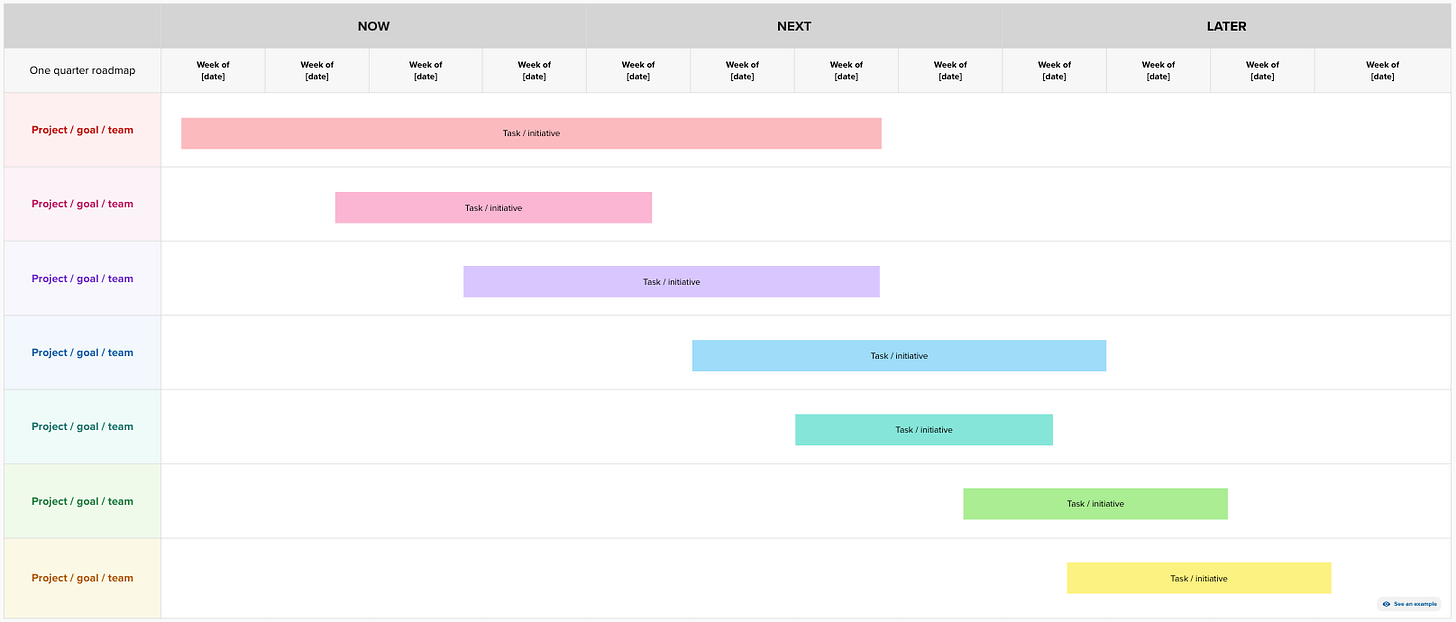5 Practical strategies I used to align Product priorities without taking sides
Are your stakeholders pulling your team in opposite directions—and no one knows who to say “no” to? Here’s the playbook I used to turn tug-of-war priorities into aligned, outcome-focused decisions.
The Situation
The team was stuck.
Two senior stakeholders had strong, conflicting views.
One wanted Feature X “now or never.”
The other pushed hard for Feature Y as a market differentiator.
The Product Owner was silent.
The developers were confused.
And I was in the middle—expected to “facilitate alignment.”
In that moment, I realised:
This wasn’t about features.
It was about fear of loss, urgency, visibility, and influence.
Here’s how I handled it—step-by-step!
Strategy-01: Shift the Focus from Features to Outcomes
Challenge:
Both stakeholders were deeply attached to their “solution.” They weren’t wrong—but they were stuck on the what, not the why.
Action Steps:
I called for a 30-minute joint alignment sync, making it purpose-driven, not combative.
Started with neutral framing: “We all want to achieve business success this quarter. Let’s clarify what success means.”
Asked these 3 questions:
What problem are we solving?
What metric will prove success?
What happens if we don’t deliver this?
Outcome:
We uncovered that both Feature X and Y were trying to solve customer retention. That became our shared North Star.
Strategy-02: Created a Value vs Impact Matrix
Challenge:
Both features sounded important—so team was overwhelmed.
Prioritisation became emotional, not logical.
Action Steps:
I drew a 2x2 matrix: Business Value vs Customer Impact
Plotted both features together with the team and stakeholders
Quantified each item (e.g., estimated revenue, user NPS uplift)
Tip:
Before showing the matrix, I asked each stakeholder privately for their “biggest fear” if their feature wasn’t picked.
This helped me address emotional undercurrents respectfully.
Outcome:
Once visualised, it was clear Feature X had quick revenue return, and Feature Y was long-term loyalty play. We designed a hybrid roadmap.
Strategy-03: Facilitated a Co-Refinement Workshop
Challenge:
The team was disengaged. They felt like pawns.
Stakeholders were “dropping requirements” without context.
Action Steps:
Invited both stakeholders to a 45-minute joint refinement with the full team
Ground rules:
We’re not here to debate priority—we’re here to clarify understanding
Everyone gets equal say
Developers asked estimation-level questions
PO clarified dependencies and release timelines
Tip:
I used “synthesis coaching”—highlighted common goals they both shared, like customer trust and delivery risk.
Outcome:
We uncovered overlaps—some backend work was reusable between X and Y. We sequenced one for Now, one for Next.
Strategy-04: Used a Now–Next–Later Visual Roadmap
Challenge:
One stakeholder feared they were being deprioritised.
They said, “You’re ignoring my ask again, aren’t you?”
Action Steps:
Reframed our backlog using a Now–Next–Later visual
Presented this in the Sprint Review, not 1:1
Explained why Feature Y is in “Next” due to shared dependencies from Feature X
Tip:
During the review, I acknowledged both contributions:
“This work is only possible because of your clarity. Your feedback shaped our Next.”
Outcome:
Both stakeholders felt included. One even volunteered to help with customer feedback for Feature Y’s rollout plan.
Strategy-05: Defined a Shared Value Charter with PO and Team
Challenge:
The team didn’t know whose voice mattered more—and it led to hesitancy, churn, and lack of ownership.
Action Steps:
Collaboratively created a “Definition of Value” with the team and Product Owner
Included these columns:
Stakeholder Name
Their Success Criteria
Impacted Metrics
Agreed that priorities must tie back to one of these metrics
Tip:
Every two Sprints, we review this charter in our Review—like a compass.
Outcome:
No more silent nodding. Team now challenges vague requests with:
“How does this align with our shared value charter?”
Quick Checklist for You
Before your next priority conflict…
Do you know each stakeholder’s success metric?
Have you visualised trade-offs clearly?
Is your PO aligned and confident to lead the story?
Are developers involved in early discussion?
Have you mapped the emotional drivers behind the conflict?
Bonus Tool You Can Try: Stakeholder Empathy Canvas
Map these 4 questions for each key stakeholder:
What are they trying to achieve this quarter?
What metric do they care about most?
What risk are they under?
What are they not saying directly?
This makes stakeholder calls 10x easier.
Reflection Questions
Do I unintentionally take sides when stakeholders argue?
Do I have data or just opinions while presenting trade-offs?
How can I increase visibility without increasing friction?
Ready to Turn These Strategies into Action?
Join the Scrum Master Bootcamp!
Want to put these strategies into action and experience the impact firsthand? Join my Scrum Master Bootcamp, where you’ll work through these exact challenges and build the skills needed to drive real value in your team. This isn’t just theory — it’s hands-on practice that will transform how you manage leadership’s expectations.
👉 Click to explore more and start mastering the tools and techniques that can change the way you work as a Scrum Master.
Don’t just learn — experience the difference in real time.
Why Subscribe
Each week, I share battle-tested strategies, messy lessons, and practical tools that help Scrum Masters, Product Owners, and change agents like you make sense of chaos — without sugar-coating it.
If you found this useful, subscribe.
This isn’t theory. It’s real work, made a little easier — one step at a time.
Thanks for reading Strategy For Success! Subscribe for free to receive new posts and support my work.
📝 Your Feedback Matters!
I have started writing this newsletter and your feedback will help me improve it further. You may leave your feedback in Comment on how can I make this newsletter valuable for you.
“Just because I understand it, does not mean everyone understands it. And just because I do not understand it, does not mean no one understands it.”
Anand Pandey
Thanks for reading Strategy For Success! Subscribe for free to receive new posts and support my work.






